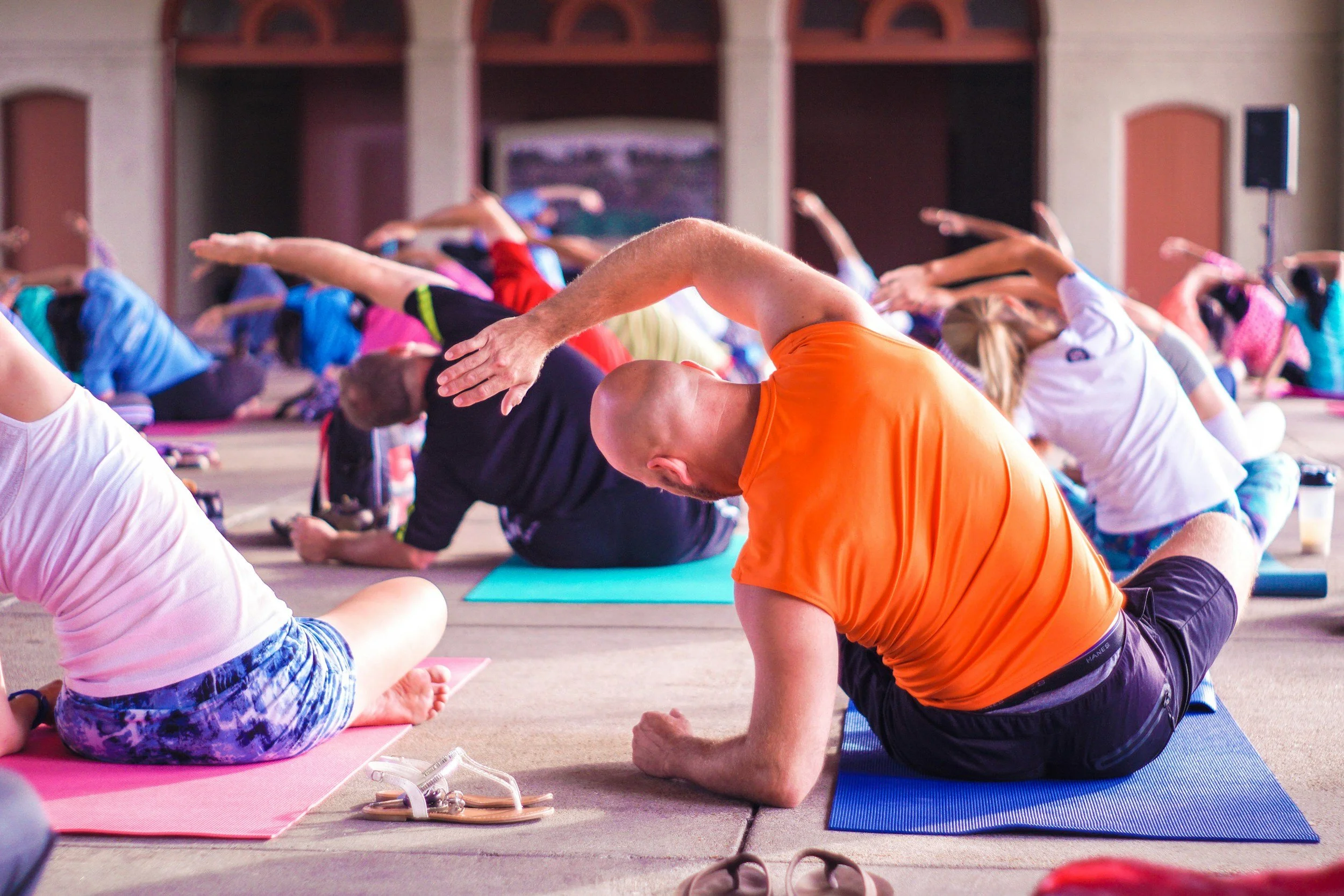How to Create a Health and Wellness Program for Your AFH Residents
Introduction:
Maintaining a holistic approach to health and wellness is essential in Adult Family Homes (AFHs) to ensure residents lead fulfilling, active, and healthy lives. While physical health is a primary concern, wellness programs should also address mental, emotional, and social well-being.
A well-designed health and wellness program improves resident mobility, mental acuity, emotional stability, and overall quality of life. It can also reduce healthcare costs, prevent illnesses, and foster a sense of community within your AFH.
In this article, we will explore how to design and implement an effective health and wellness program for AFH residents, covering key elements such as nutrition, physical activity, mental stimulation, social engagement, and preventive healthcare.
1. Promoting Proper Nutrition for Overall Wellness
The Challenge:
Many elderly residents have specific dietary needs due to conditions such as diabetes, hypertension, or difficulty swallowing. Poor nutrition can lead to malnutrition, weakened immunity, and increased hospitalizations.
Best Practices:
Develop Personalized Meal Plans:
Work with dietitians or nutritionists to create balanced, resident-specific meal plans.
Consider dietary restrictions (low-sodium, diabetic-friendly, or pureed foods) to meet individual needs.
Incorporate Fresh and Whole Foods:
Prioritize fresh fruits, vegetables, whole grains, and lean proteins over processed foods.
Offer fiber-rich foods to promote digestion and healthy fats to support brain function.
Encourage Hydration:
Ensure residents drink enough water daily to prevent dehydration and cognitive decline.
Offer flavored water, herbal teas, or fruit-infused drinks for variety.
Make Mealtime Enjoyable:
Create a social dining atmosphere where residents can eat together.
Offer culturally diverse meals to accommodate different preferences and traditions.
Proper nutrition directly impacts physical health, energy levels, and emotional well-being, making it a foundational element of any wellness program.
2. Incorporating Regular Physical Activity
The Challenge:
Many elderly residents experience limited mobility, chronic pain, or fear of falling, leading to a sedentary lifestyle that worsens physical health.
Best Practices:
Offer Low-Impact Exercise Options:
Encourage activities such as chair yoga, stretching, or light resistance training to improve flexibility and strength.
Organize daily walks or guided group exercises to promote mobility.
Provide Supervised Movement Therapy: Work with physical therapists to design safe exercise routines for residents with mobility challenges.
Incorporate Fun Activities that Encourage Movement: Offer dancing, tai chi, gardening, or light aerobics as engaging alternatives to traditional exercise.
Ensure Safety and Accessibility: Install grab bars, non-slip flooring, and accessible equipment to encourage participation while minimizing fall risks.
Consistent movement helps residents maintain independence, reduce joint pain, and improve overall well-being.
3. Supporting Mental and Cognitive Health
The Challenge:
Cognitive decline and mental health concerns, such as depression and anxiety, are common among elderly residents. Without proper mental stimulation, residents may experience memory loss, confusion, and emotional distress.
Best Practices:
Implement Brain-Boosting Activities:
Offer puzzle games, memory exercises, and word challenges to keep minds active.
Encourage learning new skills, such as painting, knitting, or playing an instrument.
Encourage Reading and Lifelong Learning:
Provide access to books, audiobooks, and online learning platforms for continued education.
Invite guest speakers or host educational seminars on topics of interest.
Facilitate Mindfulness and Relaxation Practices: Introduce meditation, deep breathing exercises, or guided relaxation sessions to reduce stress.
Monitor and Address Mental Health Needs:
Offer one-on-one counseling or group therapy sessions for emotional support.
Train staff to recognize early signs of depression, anxiety, or cognitive decline.
A strong mental wellness program enhances residents’ confidence, memory, and emotional resilience.
4. Encouraging Social Interaction and Engagement
The Challenge:
Social isolation is a significant issue among elderly adults and can contribute to loneliness, depression, and cognitive decline.
Best Practices:
Host Regular Group Activities:
Organize bingo nights, movie screenings, book clubs, and community outings.
Celebrate birthdays, holidays, and cultural events to bring residents together.
Encourage Intergenerational Activities:
Partner with local schools or youth organizations for shared activities like storytelling or crafts.
Host family-friendly events where loved ones can participate.
Promote Peer Support and Friendship-Building:
Arrange resident mentorship programs where new residents can connect with long-term residents.
Encourage group meals, gardening projects, or volunteer work to foster companionship.
Leverage Technology for Connection:
Provide video call access for residents to stay in touch with distant family members.
Create a private Facebook group for families to engage with resident activities.
Fostering social engagement promotes a sense of belonging and emotional well-being among AFH residents.
5. Prioritizing Preventive Healthcare and Wellness Screenings
The Challenge:
Many health conditions go undetected in elderly residents until they become severe. Routine check-ups and screenings help prevent serious illnesses and improve longevity.
Best Practices:
Schedule Regular Health Screenings:
Monitor blood pressure, cholesterol levels, diabetes risk, and bone density.
Ensure residents receive vision, dental, and hearing check-ups.
Facilitate Immunizations and Preventive Care:
Provide flu shots, pneumonia vaccines, and COVID-19 boosters as recommended.
Educate residents on the importance of preventive healthcare.
Develop Medication Management Protocols:
Ensure proper medication adherence through digital tracking or caregiver assistance.
Regularly review prescriptions with pharmacists or primary care physicians to prevent drug interactions.
Encourage Regular Physician Visits: Partner with geriatric specialists or home healthcare providers for on-site medical care.
Proactive preventive healthcare reduces hospitalizations, improves quality of life, and enhances long-term wellness.
Conclusion:
A well-rounded health and wellness program is essential for promoting physical, mental, and emotional well-being in an Adult Family Home. By focusing on nutrition, movement, cognitive engagement, social interaction, and preventive healthcare, AFH providers can enhance residents’ quality of life while preventing health complications.
To create an effective wellness program, AFH providers should:
✅ Prioritize balanced nutrition and hydration to support physical health.
✅ Encourage regular physical activity tailored to residents’ abilities.
✅ Implement mental and cognitive stimulation programs to promote brain health.
✅ Facilitate social engagement and meaningful interactions to reduce isolation.
✅ Focus on preventive healthcare and wellness screenings for early detection of health issues.
By implementing these best practices, AFH providers can create an engaging, healthy, and fulfilling environment where residents thrive physically, mentally, and socially.
References:
Promoting Wellness in Assisted Living https://fieldsseniorliving.com/promoting-wellness-in-assisted-living/
Healthy Senior Living: 3 Tips to Build a Senior Wellness Program that Attracts New Residents https://goicon.com/blog/healthy-senior-living-3-tips-to-build-a-senior-wellness-program-that-attracts-new-residents/
How to Encourage Wellness and Fitness in Your Senior Living Home https://www.hydroworx.com/blog/how-to-encourage-wellness-and-fitness-in-your-senior-living-home/
What Role Do Health and Fitness Programs Play in Assisted Living Wellness? https://atlasseniorliving.com/legacy-reserve-fairview/2023/09/14/what-role-do-health-and-fitness-programs-play-in-assisted-living-wellness/
Health and Wellness Programs https://www.altcwashington.com/health-and-wellness-programs/






